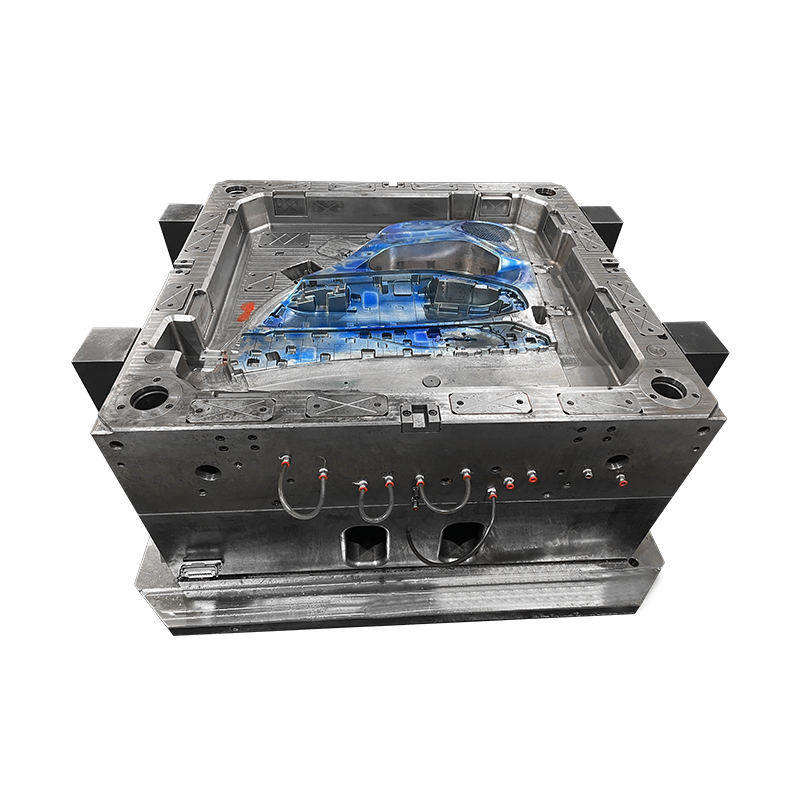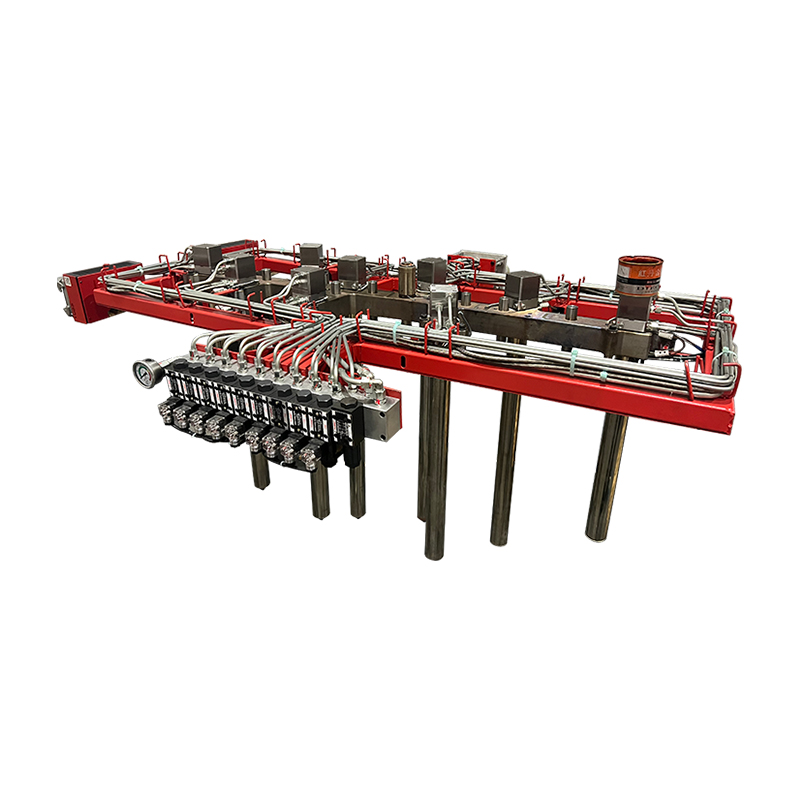5 Types of Plastics Used in Car Interiors
What types of plastics are used in car interiors?
Polyvinyl chloride (PVC)
Acrylonitrile Butadiene Styrene (ABS)
Polystyrene (PS)
Polyethylene (PE)
Polycarbonate (PC)
Polyurethane (PU)
Plastics play a key role in modern automotive interior design, offering versatility, durability and cost-effectiveness.
Different types of plastics are used in automotive interiors, each with unique properties and applications.
In this blog, we’ll look at the key plastics that shape the comfort and functionality of your car’s interior.
When you step into your car and sit in the driver or passenger seat, the materials around you play a vital role in your comfort, safety, and overall driving experience. Plastics, often hidden from view, complete a car's interior design.
They provide the flexibility to create beautiful, comfortable and functional car interiors while ensuring durability and cost-effectiveness. In this blog, we’ll take a closer look at the types of plastics used in car interiors and how they enhance the driving experience.
Polyvinyl chloride (PVC) is a general-purpose plastic used to make a variety of automotive parts. It can be molded using different molding processes, including injection molding and compression molding. The flame-retardant properties of PVC make it valuable in high-temperature areas of vehicles, providing safety and durability.
What makes it unique is that it can be rigid or flexible, depending on the manufacturing process. This flexibility ensures that PVC can be molded into a variety of parts, from wire protection covers to car doors and dashboards.
One of the workhorses of automotive interior plastics is acrylonitrile butadiene styrene, commonly known as ABS. This versatile plastic has a shiny, rubbery surface that's good for a variety of automotive applications.
ABS is often used in vehicle dashboards, tire covers and certain body parts. Its impressive low-temperature and high-impact resistance ensures your car's interior remains in tip-top shape, even in challenging conditions.
Polystyrene is a popular choice for automotive interior components due to its flexibility and resistance to a wide range of substances. This clear plastic is quick to manufacture, making it a choice for mass-produced parts such as car buttons and displays in various components and instruments.
The transparent nature of polystyrene enhances the visual aesthetics of car interiors, creating a modern, stylish appearance. Additionally, it plays an important role in creating a user-friendly and visually appealing in-car experience.
Polyethylene is another plastic commonly used in seat cushions and padding to create a comfortable and welcoming atmosphere for passengers. Whether you're embarking on a long road trip or just your daily commute, the softness of polyethylene provides the necessary support for your comfort.
In addition, this plastic can also be used in car carpets to further enhance the tactile experience inside the car. Its contribution to the interior environment ensures that the time you spend in the car is as comfortable as possible.
Polycarbonate is one of the plastics, making it a top choice for automotive interior parts that require durability and resilience. Window controls, which are subject to constant wear and tear, benefit from their durability. It ensures these controls remain functional, providing ease of use for passengers.
The strong properties of polycarbonate extend to the manufacture of safety equipment, such as driving helmets. Designed to protect motorists in the event of an accident, these helmets utilize the high-strength properties of polycarbonate to provide a protective shield on the road.
Polyurethane, often abbreviated as PU, is another versatile plastic commonly found in automotive interiors. It is favored for its look and feel that mimics real leather, making it a popular choice for interior trim, steering wheel covers and armrests.
Polyurethane provides a luxurious look and comfortable tactile experience while being more cost-effective than genuine leather. Its durability and resistance to wear and tear ensure your car's interior retains its beauty and tactile appeal throughout its service life.
Leave Your Message












